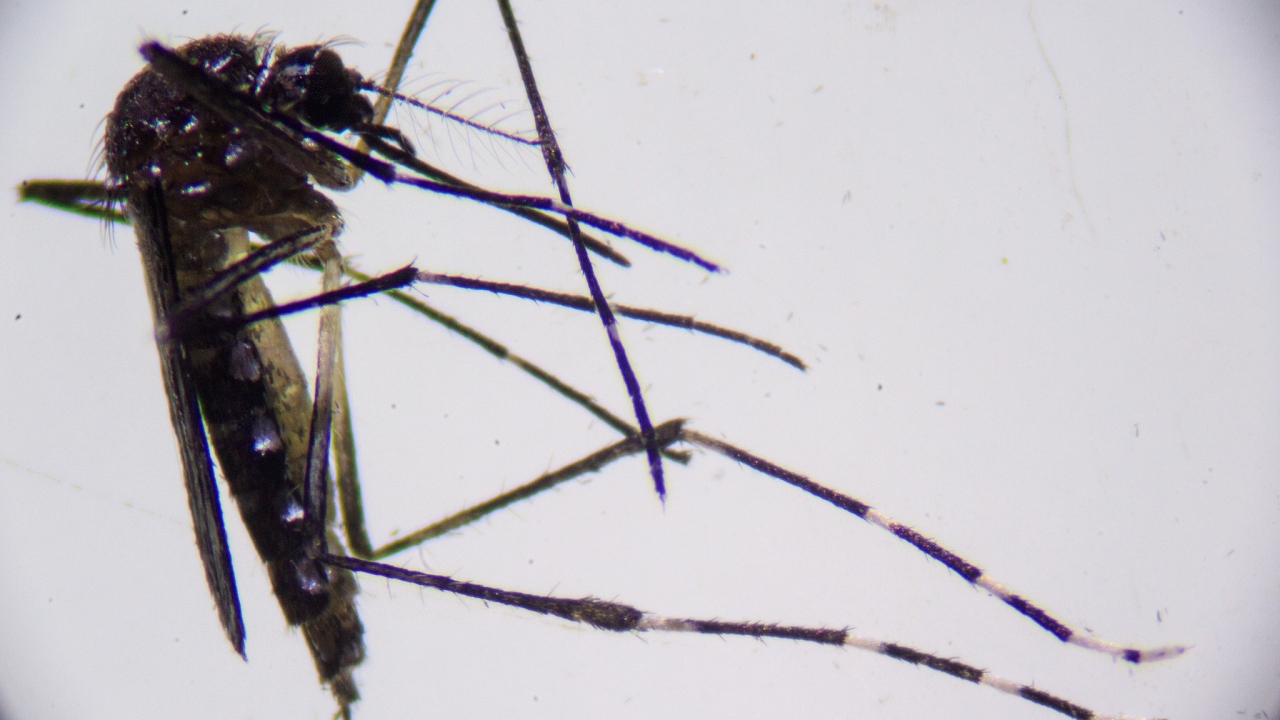As of November 17, Vietnam’s Ministry of Health recorded 303,637 dengue fever cases this year, including 112 deaths. What makes the number alarming is it is five times higher compared to the same period in 2021, with only 24 casualties. Not to mention there were over 10,000 cases recorded just last week.
Over the past week in Hanoi, 1,343 dengue patients were reported, a 2.3% increase compared to the previous week. Year to date, the capital logged 12 deaths related to the mosquito-borne infectious tropical disease.
Hanoi’s Thanh Nhan Hospital has received nearly 1,500 dengue fever patients since the beginning of the year, while the National Hospital for Tropical Diseases currently treats nearly 100 patients daily. Of those patients, 30-40% suffered severe symptoms such as kidney failure, low platelet count, and high liver enzymes.
The number of children admitted with dengue at the Vietnam National Children's Hospital continues to increase and has doubled compared to the previous week.
The National Blood Center, under the National Institute of Hematology and Blood Transfusion, is committed to ensuring the availability of platelets to local hospitals. A representative of the blood center said that since August, the number of platelets supplied to hospitals has increased by about 1.5 times, from around 400 units to about 600 units a day.
More than half of the world's population is at risk of dengue infection. According to World Mosquito Program, an estimated 390 million dengue infections occur worldwide, resulting in up to 36,000 deaths yearly.

Key facts about Dengue
At this time, Vietnam is not the only country facing dengue virus issues.
Earlier this month, Nepal experienced its worst outbreak of dengue fever in recorded history, which health experts attribute partly to a changing climate. Bangladesh reported its 213th casualty on Wednesday, India and the Philippines are also facing the same health dilemma.
In the US, specifically in Arizona, health officials announced this week that a resident was diagnosed with dengue fever in what they believe “could be the county's first that was acquired locally, rather than from travel,” CBS News reported.
The World Health Organization defines dengue as a viral infection transmitted to humans through the bite of infected mosquitoes. The primary vectors that transmit the disease are Aedes aegypti mosquitoes and, to a lesser extent, Ae. albopictus.
The virus responsible for causing dengue is called the dengue virus (DENV). There are four serotypes, and it is possible to be infected four times. While many DENVs produce mild illness, DENV can cause an acute flu-like illness. Occasionally, severe dengue occurs.
These mosquitoes carrying the dengue virus are also vectors of chikungunya, yellow fever, and Zika viruses. Dengue is widespread throughout the tropics, with local variations in risk influenced by climate parameters and social and environmental factors.
While most dengue cases are asymptomatic or show mild symptoms, it can manifest as a severe, flu-like illness that affects infants, young children, and adults but seldom causes death. Symptoms usually last for 2–7 days, after an incubation period of 4–10 days after the bite from an infected mosquito.

The World Health Organization classifies dengue into two major categories: dengue (with/without warning signs) and severe dengue.
Dengue
Dengue should be suspected when a high fever (40°C/104°F) is accompanied by 2 of the following symptoms during the febrile phase (2-7 days):
- severe headache
- pain behind the eyes
- muscle and joint pains
- nausea
- vomiting
- swollen glands
- rash.
Severe dengue
A patient enters the critical phase normally about 3-7 days after illness onset. During the 24-48 hours of the critical phase, a small portion of patients may manifest sudden deterioration of symptoms. At this time, when the fever is dropping (below 38°C/100°F) in the patient, that warning signs associated with severe dengue can manifest. Severe dengue is a potentially fatal complication due to plasma leaking, fluid accumulation, respiratory distress, severe bleeding, or organ impairment.
Warning signs that doctors should look for include:
- severe abdominal pain
- persistent vomiting
- rapid breathing
- bleeding gums or nose
- fatigue
- restlessness
- liver enlargement
- blood in vomit or stool.
Suppose patients manifest these symptoms during the critical phase. In that case, close observation for the next 24–48 hours is essential so they will receive proper medical care to avoid complications and risk of death. Close monitoring should also continue during the convalescent phase.
According to the WHO, they have not found a specific treatment for dengue fever yet. Patients should rest, stay hydrated and seek medical advice.

As for your protection, the most effective way to avoid infection is by preventing mosquito bites. And the main method to control or prevent the transmission of the dengue virus is to combat the mosquito vectors. This is achieved through:
- Prevention of mosquito breeding:
- Preventing mosquitoes from accessing egg-laying habitats by environmental management and modification;
- Disposing of solid waste properly and removing artificial man-made habitats that can hold water;
- Covering, emptying, and cleaning domestic water storage containers on a weekly basis;
- Applying appropriate insecticides to water storage outdoor containers;
- Personal protection from mosquito bites:
- Using personal household protection measures, such as window screens, repellents, coils, and vaporizers. These measures must be observed during the day both inside and outside of the home (e.g.: at work/school) because the primary mosquito vectors bite throughout the day;
- Wearing clothing that minimizes skin exposure to mosquitoes is advised;
- Community engagement:
- Educating the community on the risks of mosquito-borne diseases;
- Engaging with the community to improve participation and mobilization for sustained vector control;
- Active mosquito and virus surveillance:
- Active monitoring and surveillance of vector abundance and species composition should be carried out to determine the effectiveness of control interventions;
- Prospectively monitor the prevalence of the virus in the mosquito population with an active screening of sentinel mosquito collections;
- Vector surveillance can be combined with clinical and environmental surveillance.
